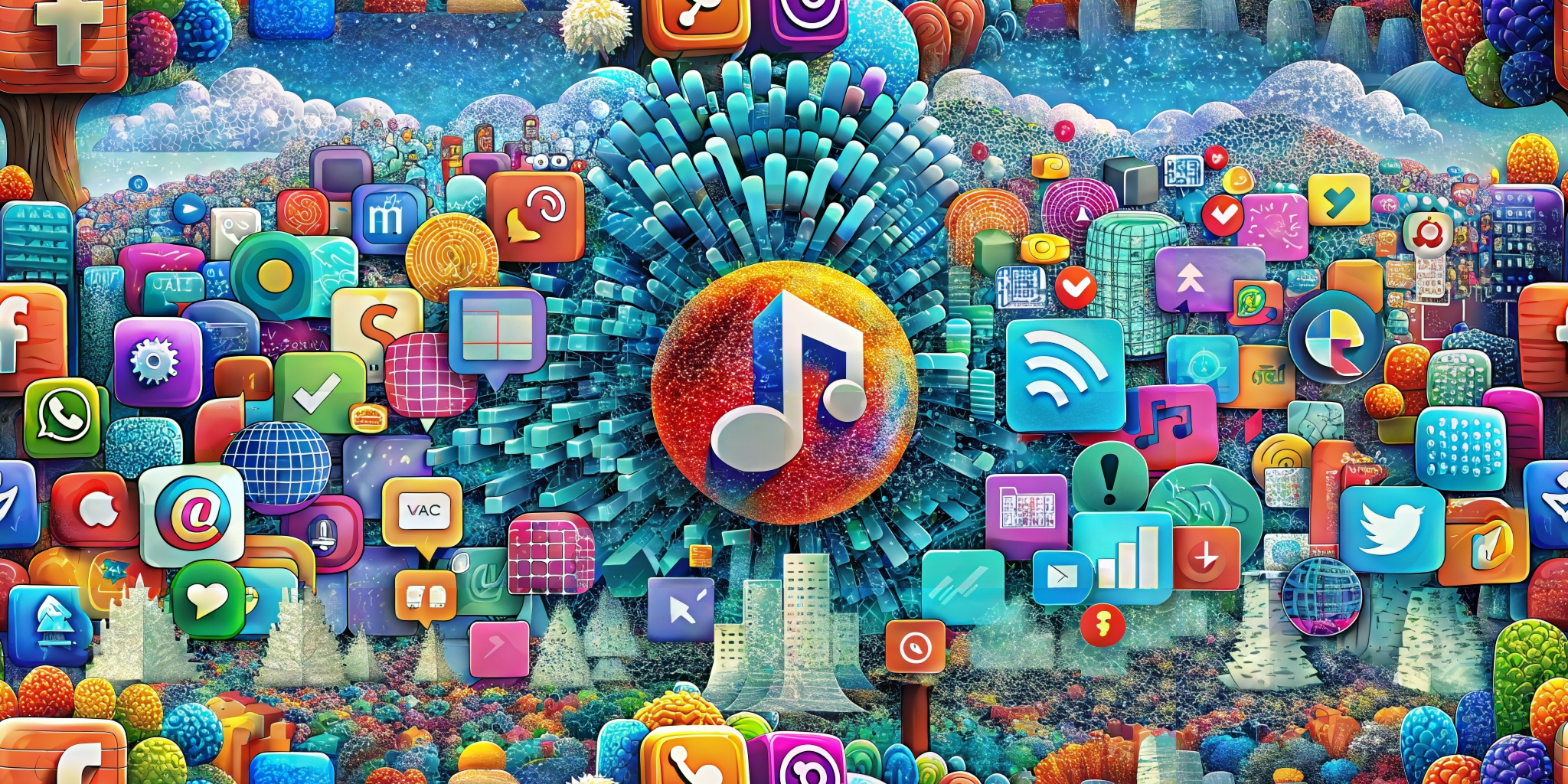I have lived through several big moments in internet history. With many of them fresh in my mind, I want to briefly cover where some of this technology came from, and where the companies behind the technology went wrong. Obviously, many of the biggest moments are tied together with the innovations and creations of social media. We all know how much these tools of distraction have moved the internet in different directions. Many have faced legal challenges and some, like MySpace, were simply pushed out of the market by a lack of innovation.
The digital landscape has been shaped and reshaped by various platforms that have allowed users to express themselves, connect with others, and share content. From the early days of GeoCities (I still remember my first “neighborhood” web address. Oh, how I long for the glory days of SunsetStrip/Venue!) and Angelfire to the current era of TikTok, each platform has contributed to the evolution of online interaction and self-publishing. This article will explore the rise and fall of these platforms, their impact on the web, and the legal challenges they have faced.
GeoCities and Angelfire: Pioneers of Self-Publishing
GeoCities, launched in 1994, was one of the first platforms that allowed users to create their own web pages for free. Users could select a “neighborhood” that matched the theme of their content, such as “SiliconValley” for tech-related sites or “Hollywood” for entertainment. Angelfire, another early service, offered similar features. These platforms democratized web publishing, making it accessible to anyone with an internet connection.
However, both platforms struggled to adapt to the rapidly changing internet landscape. As web design became more sophisticated, the limited customization options and dated aesthetics of GeoCities and Angelfire pages could not compete with newer, more flexible tools. The rise of blogging platforms and social media also contributed to their decline.
Blogger: The Rise of Blogging
Blogger, launched in 1999, popularized the concept of the weblog, or “blog,” a term that encapsulates the personal and often informal nature of these online journals. Blogger’s easy-to-use interface made it simple for anyone to start a blog and join the burgeoning blogosphere. However, as social media platforms like Facebook and Twitter began to dominate the web, the relevance of traditional blogs waned. Users preferred the immediacy and interactivity of social media over the longer-form, less dynamic content of blogs.
MySpace: The Social Media Trailblazer
MySpace, founded in 2003, was the first social media platform to reach a mass audience. It allowed users to create personalized profiles, connect with friends, and discover new music. MySpace was particularly influential in the music industry, providing a platform for artists to share their work and connect with fans.
Despite its early success, MySpace failed to keep pace with the evolving needs of its users. The site became cluttered with ads, and the user interface was not as intuitive as that of its competitors. When Facebook and Twitter arrived, offering cleaner interfaces and innovative features, users migrated en masse.
Facebook and Twitter: Redefining Social Media
Facebook and Twitter, launched in 2004 and 2006 respectively, took social media to new heights. Facebook’s focus on real-life connections and Twitter’s microblogging format appealed to a broad audience. These platforms also introduced new ways to engage with content, such as likes, shares, and hashtags, which became integral to online communication.
The Multimedia Social Media Boom
The rise of smartphones and faster internet speeds paved the way for multimedia-focused social media platforms. Instagram, Snapchat, and TikTok have capitalized on users’ desire for visual content, offering tools for creating and sharing photos and videos. These platforms have become especially popular among younger audiences, who value the ability to express themselves creatively and consume content on the go.
Vine: The Short-Form Video Pioneer
Vine, launched in 2013, introduced the concept of short, looping videos. Despite its initial popularity, Vine struggled to monetize its platform and faced stiff competition from Instagram, which introduced similar video features. Vine ultimately shut down in 2017, but its legacy lives on in platforms like TikTok, which have taken the short-form video format to new levels of popularity.
TikTok: Legal and Governmental Challenges
In 2024, TikTok faced significant legal and governmental challenges. The platform was sued by the U.S. government over concerns that its Chinese ownership posed a national security risk. Shortly after Congress’s decision, TikTok sued. Their lawsuit claimed that the federal law banning the app unless it sells itself violates the U.S. Constitution.
Napster: The Music Sharing Revolution
A history of self-publishing cannot be complete with mentioning the pirate music service Napster. This platform helped me, and millions of people discover new music at a time when download speeds barely moved. The legal problems faced by Napster were what ultimately led to its downfall as a household name. But, with its failure, it brought us a stream of constant innovation that led to the streaming services we use today. Its failures helped young innovators create the services that are integral to how we listen to music. Services like Spotify, Apple Music and YouTube might not exist without this early ball of trouble.
Napster, launched in 1999, revolutionized the music industry by allowing users to share MP3 files. While Napster faced legal battles over copyright infringement and was eventually shut down, its influence on the music industry is undeniable.
Legal Challenges of Self-Publishing and Social Media
Early self-publishing tools and social media platforms have faced a myriad of legal challenges, from copyright infringement to privacy concerns. As these platforms have grown, they have had to navigate complex legal landscapes, balancing user freedoms with copyright laws and regulatory requirements.
In conclusion, the web has been profoundly influenced by the rise and fall of various self-publishing tools and social media platforms. Each has contributed to the way we create, share, and consume content online. Despite their challenges, these platforms have collectively moved the web forward, continually reshaping our digital world. 🌐📱


